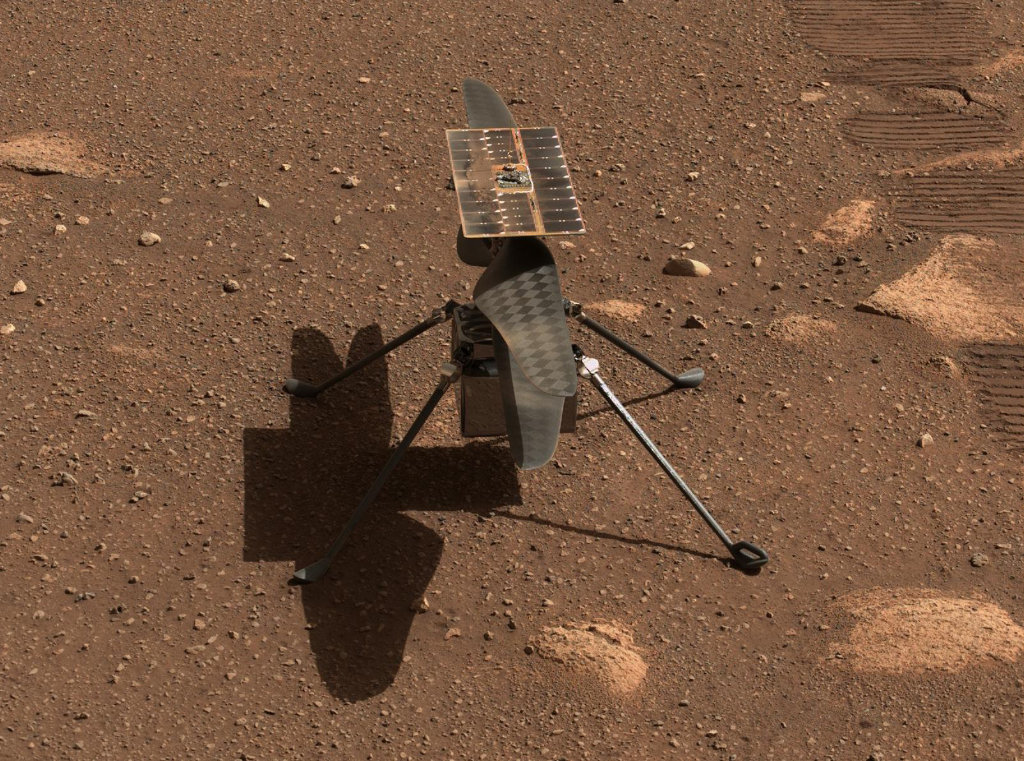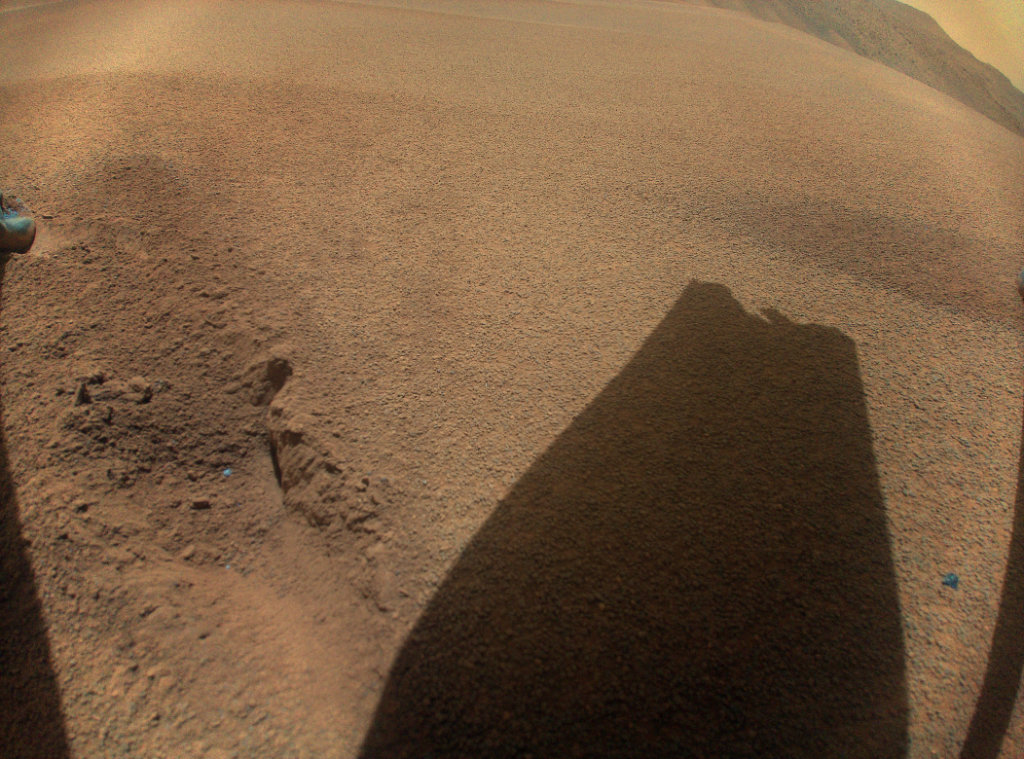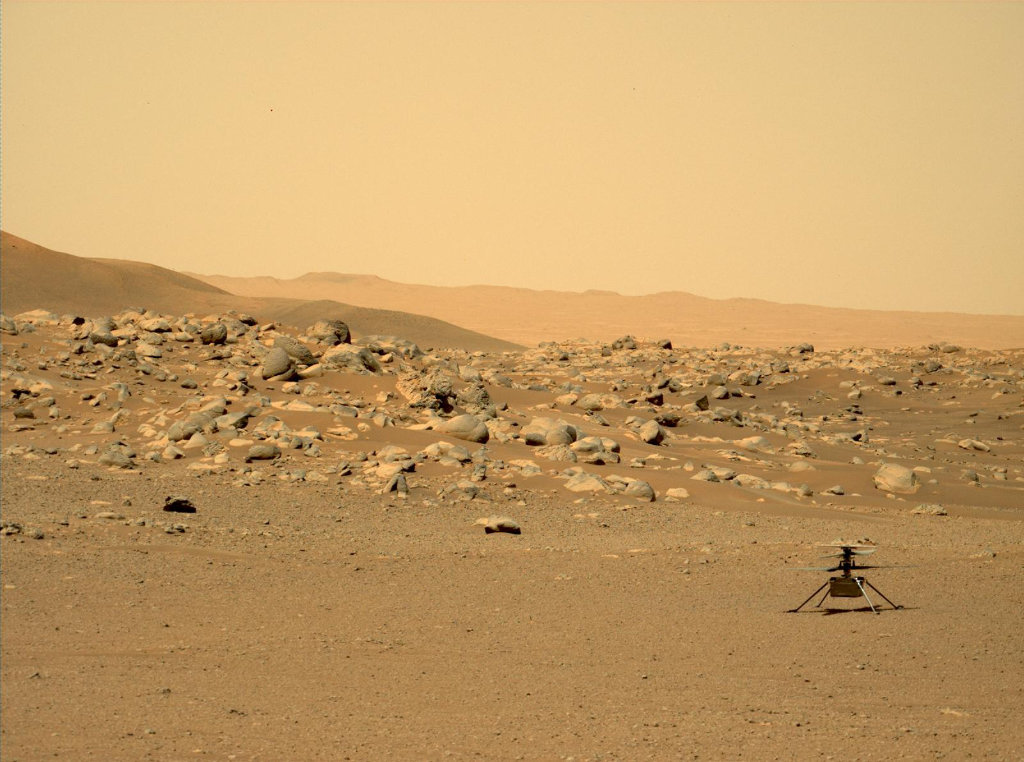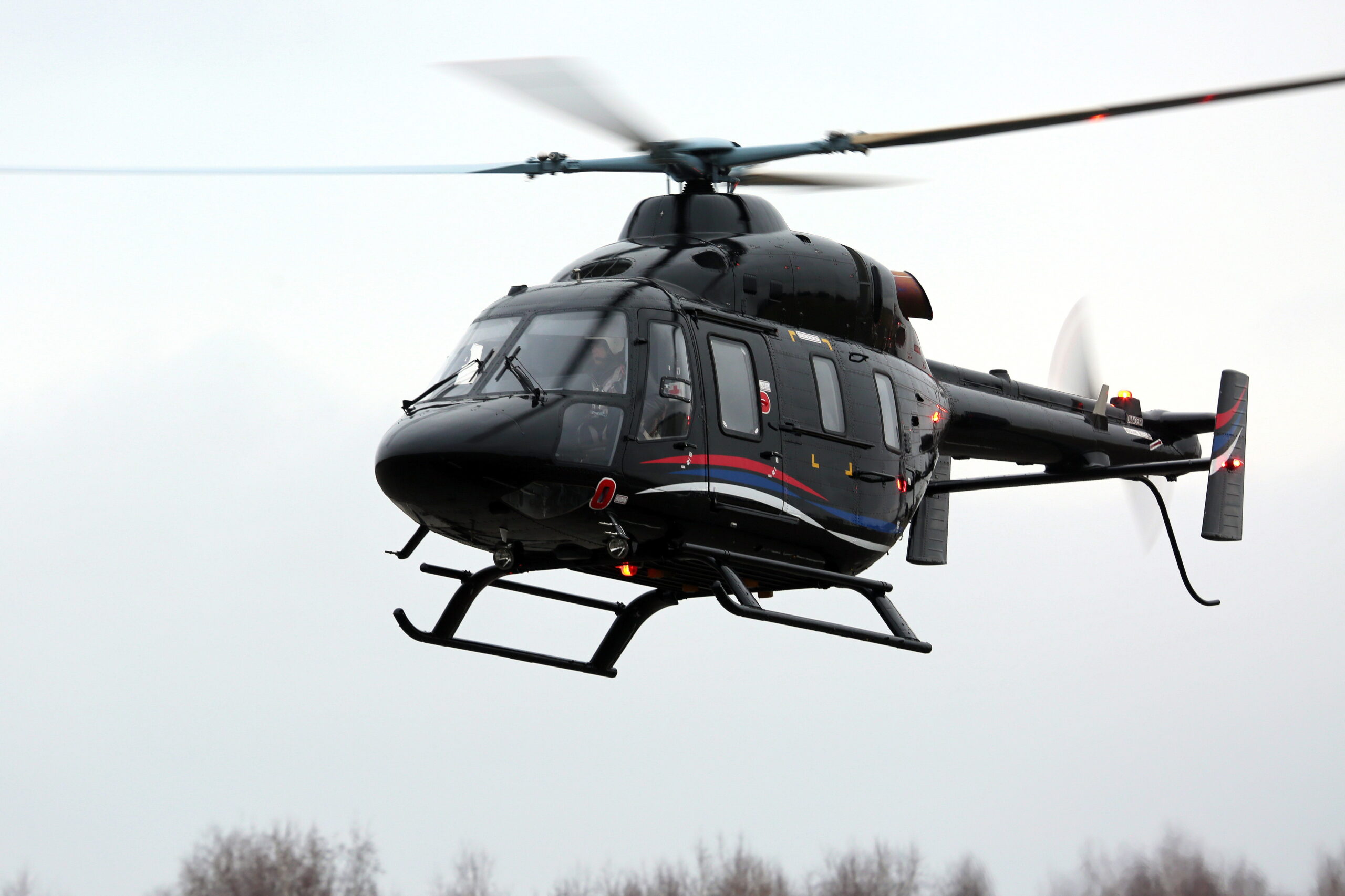 In a news release published on 25th January 2024, NASA announced that, after three years, mission of its history-making Ingenuity Mars Helicopter has regrettably come to an end. However, by this time, that first-ever powered aircraft to fly on another planet had surpassed any expectations of both its developers and the enthusiasts who followed its deeds.
In a news release published on 25th January 2024, NASA announced that, after three years, mission of its history-making Ingenuity Mars Helicopter has regrettably come to an end. However, by this time, that first-ever powered aircraft to fly on another planet had surpassed any expectations of both its developers and the enthusiasts who followed its deeds.
The Ingenuity landed on Mars on 18th February 2021, attached to the underside of Perseverance rover. On 19th April, the rotorcraft made its first flight there, thus proving that powered, controlled flight on Mars is possible.
Designed by NASA Jet Propulsion Laboratory (JPL) as technology demonstrator, the Ingenuity was originally intended to make only five flights in thirty days. However, this brave robotic helicopter turned out to perform at flying in the thin Martian atmosphere and challenging conditions better than expected.
Therefore, the Mars Helicopter Team from NASA JPL, that supervised the rotorcraft mission, decided to extend it, and make as many flights as possible. Soon, the Ingenuity switched from being a mere technology demonstrator to a real aerial scout for its wheeled companion, the Perseverance. Since then, the rotorcraft was looking from above for potential best route for the rover and taking dozens of photographs of the Mars surface. Ultimately, the mission of the Mars Helicopter Ingenuity lasted almost three years.

On 18th January 2024, the NASA Mars Helicopter Team conducted the 72nd and, as it turned out, final flight of the Ingenuity. It was a short vertical ascent to check the localization of the helicopter after an emergency landing that occurred on the previous flight. According to telemetry, initially everything was looking good – the rotorcraft reached the maximum altitude of 12 metres (40 ft) and hovered for 4.5 seconds. Then, the Ingenuity began its descent at a rate of 1 m/s (3.3 ft/s). Regrettably, just before touchdown, at an altitude of about 1 metre (3 ft), signal breakdown occurred between the Ingenuity and the Perseverance rover, through which the Mars Helicopter communicates with its team on the ground.
The following day, communication with the Ingenuity was re-established and the rotorcraft began to transmit flight data to the ground team at NASA JPL. A photo of the landing site, sent back to Earth by the rotorcraft a few days later, clearly showed that at least one of the carbon fibre blades of its two rotors had suffered significant damage during landing. NASA is currently in contact with the robotic helicopter and is trying to obtain data that may help to explain why communication with the rover broke down and damage occurred upon landing. Regrettably, in this situation, further flights of the Ingenuity are not possible. Therefore, NASA made the certainly tough decision to finally end its mission.
‘The historic journey of Ingenuity, the first aircraft on another planet, has come to end. That remarkable helicopter flew higher and farther than we ever imagined and helped NASA do what we do best – make the impossible, possible. Through missions like Ingenuity, NASA is paving the way for future flight in our solar system and smarter, safer human exploration to Mars and beyond.’ – said Bill Nelson, NASA Administrator, in his official statement regarding the conclusion of the Ingenuity Mars Helicopter mission.

During its mission on Mars, that lasted nearly three years, or 1035 Sols (Martian days), the Ingenuity worked approximately 33 times longer than it was originally expected. At that time, it performed the incredible number of 72 flights, flown a total distance of 17 kilometres (10,5 miles), as well as clocked 128,8 minutes of total flight time and reached altitudes as high as 24 metres (78.7 feet).
Additionally, during its mission, the Mars Helicopter Ingenuity was upgraded by the team from NASA JPL with the ability to autonomously select a landing site in treacherous terrain and dealt with a dead sensor, as well as survived several dust storms, a cold Martian winter and three emergency landings.
Also, and most importantly, this pioneering robotic helicopter has many historic firsts and feats to its credit. In example, the Ingenuity became the first aircraft to achieve powered, controlled flight on another planet, the feat that has been called a ‘Wright Brothers moment’ and proved that flying in the extremely thin atmosphere of Mars is possible. Furthermore, the helicopter previewed areas of the Red Planet surface of possible interest for the Perseverance rover to explore, as well as paved the way for future flying explorers of the Mars and, potentially, other space destinations.
On 15th December 2023, aerial prototype of the Ingenuity, which was the first to demonstrate that it was possible to fly in a simulated Mars environment at NASA’s Jet Propulsion Laboratory was donated to Steve F. Udvar-Hazy Center of the Smithsonian National Air and Space Museum in Chantilly, Virginia, USA.

The next robotic rotorcraft to fly over the surface of the Red Planet is also being developed by the NASA Jet Propulsion Laboratory. The Mars Science Helicopter (MSH), as that is the name of the Ingenuity successor, is still in the early conceptual and design phase. However, according to information and concept presented by NASA in December of 2022, it is going to be a robotic hexacopter (six-rotor helicopter). Like its trailblazing predecessor, the MSH is planned to serve as a flying scout for rovers driving on the surface of the planet. In addition, it is also to be capable of carrying payloads weighing 2 to 5 kilograms (4,5 to 11 pounds), including science instruments, and perform terrain studies in areas where rovers may not be able to reach.
Speaking of future rotorcraft to explore other planets, the Dragonfly is also worth mentioning here. Under that name, the New Frontiers class space mission by NASA is being planned for the years to come. Its objective will be to send a radioisotope-powered robotic dual-quadcopter to Titan, the largest moon of Saturn, to explore potentially life-friendly sites on its surface.
If you would like to learn more about the Ingenuity, check our article from April 2023, issued on the occasion of its 50th flight over the Red Planet.

Cover photo: NASA’s Ingenuity helicopter can be seen on Mars as viewed by the Perseverance rover’s rear Hazard Camera on April 4, 2021, the 44th Martian day, or sol of the mission. (Photo by NASA – PIA24541)
In this article, press releases and other materials of the National Aeronautics and Space Administration were used. All photos and quotations © National Aeronautics and Space Administration.



